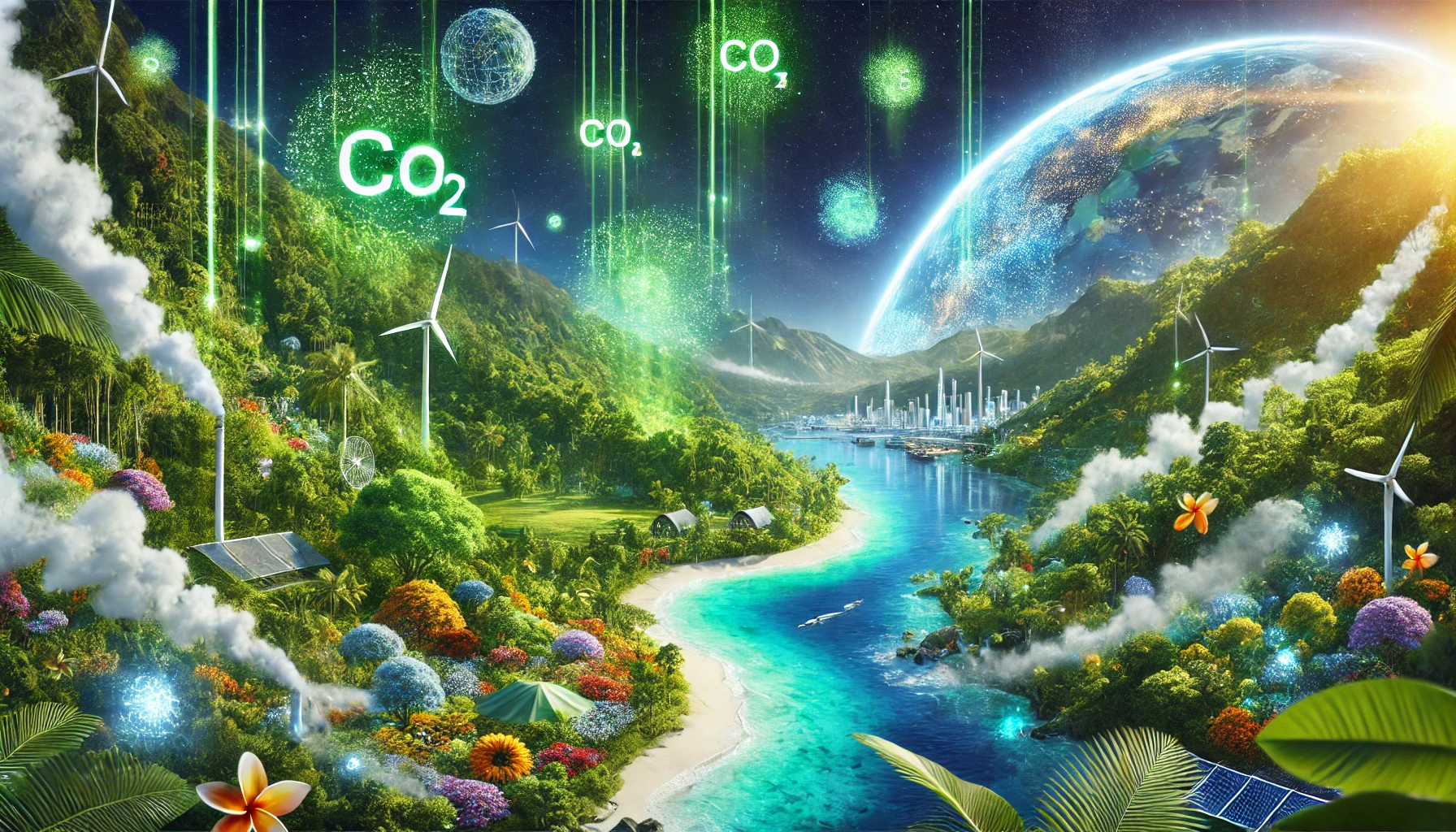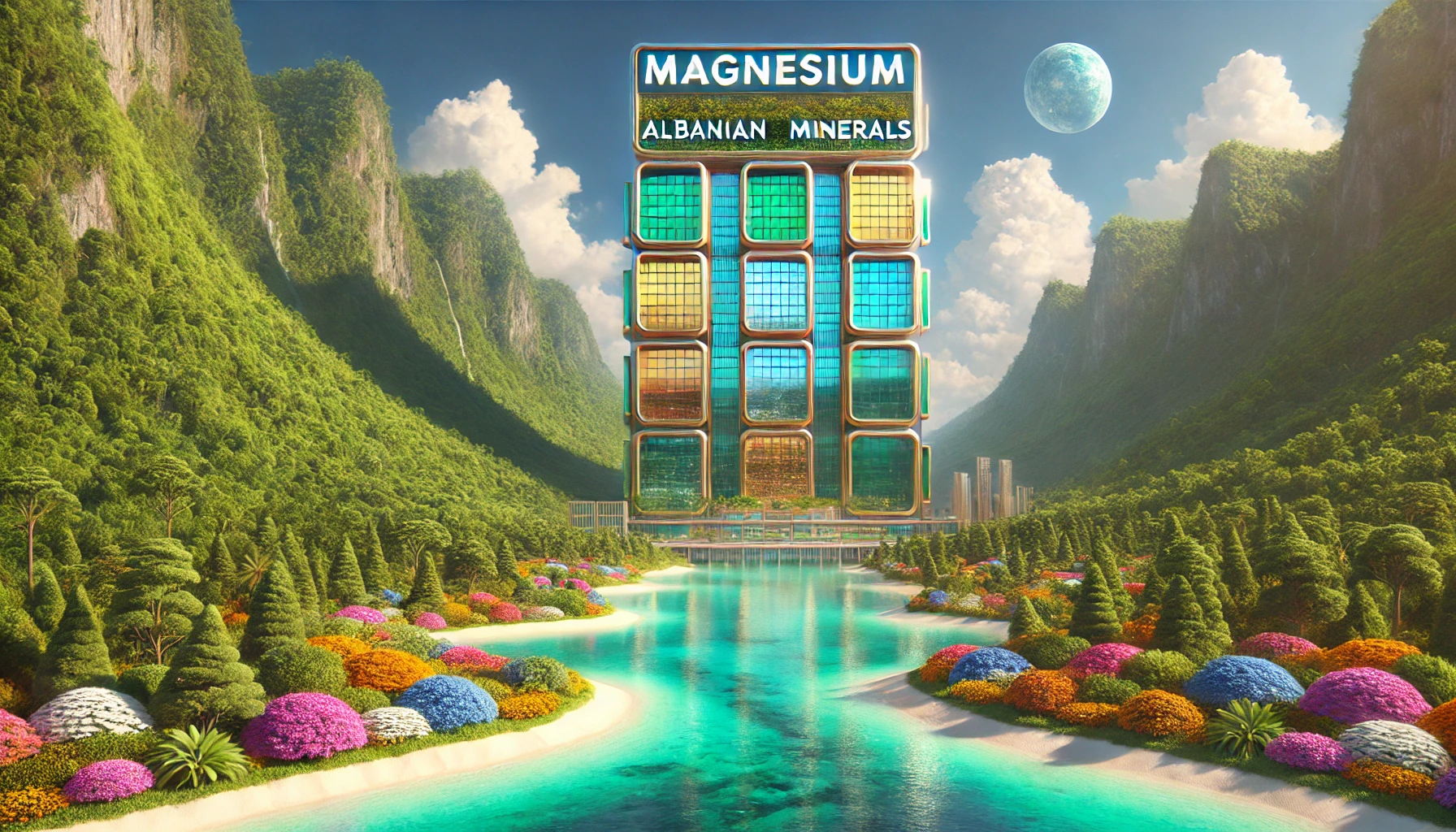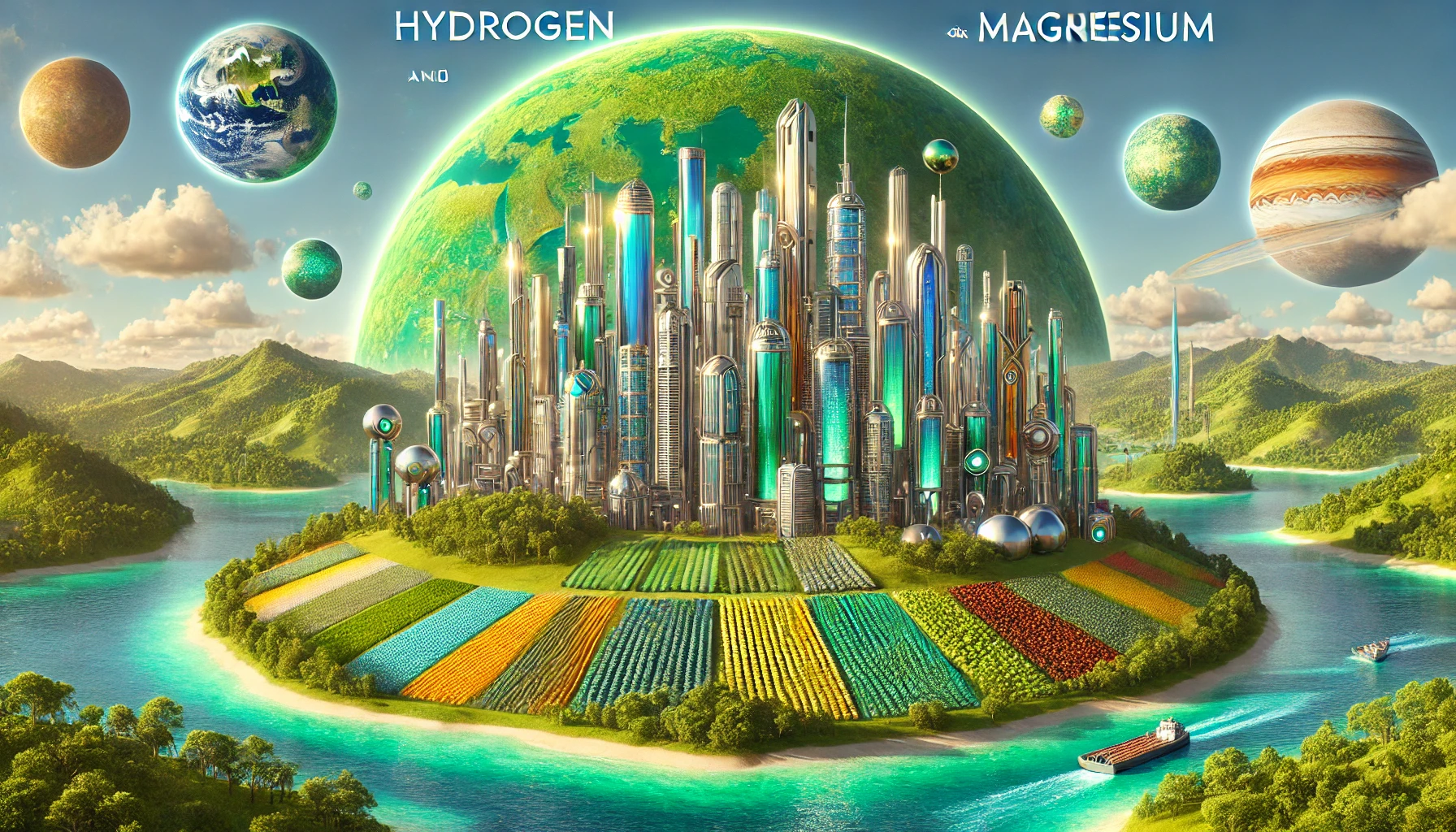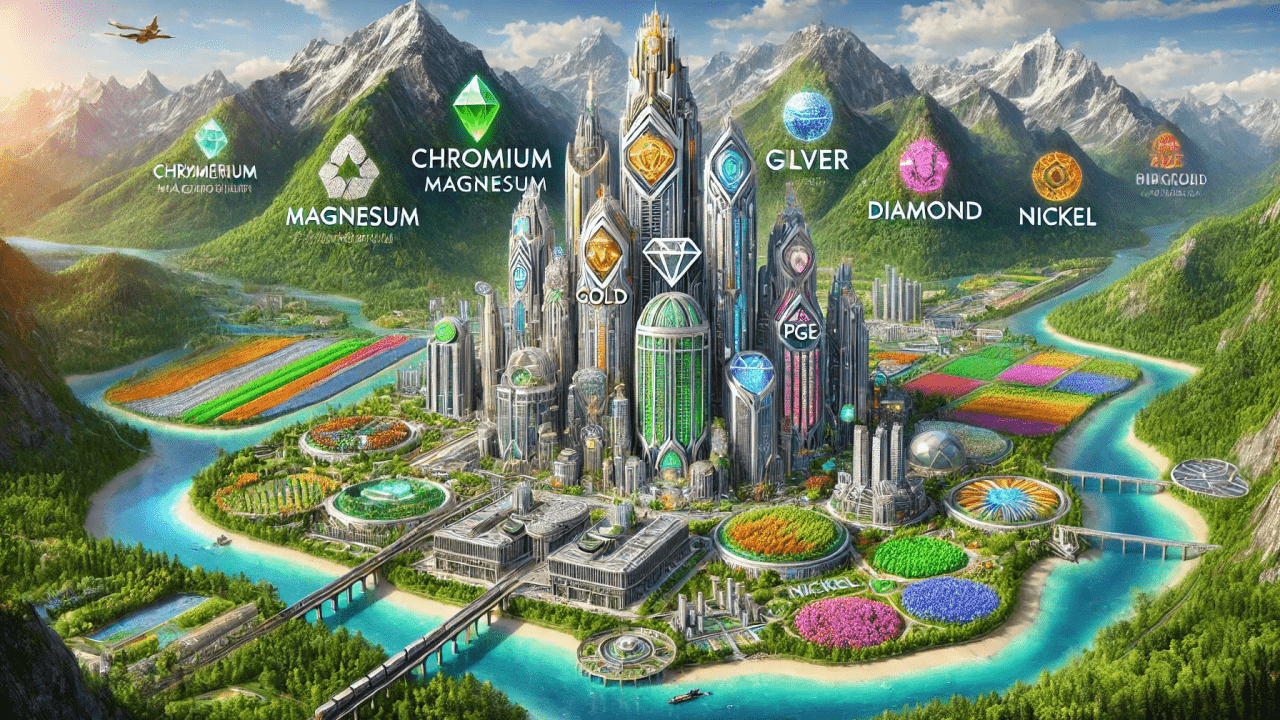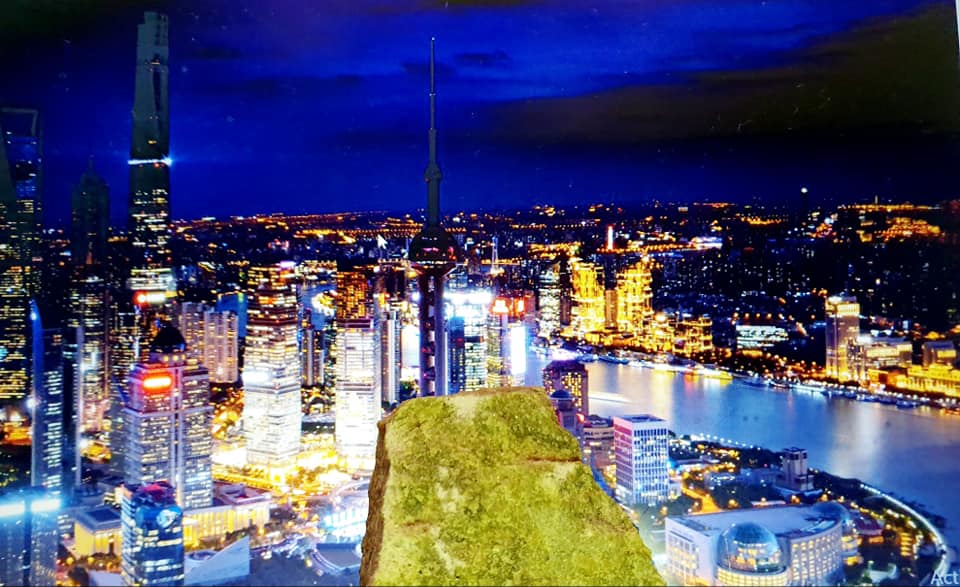
Muja emphasized the tangible impacts of climate change on human health, highlighting a surge in fatalities and illnesses attributed to more frequent extreme weather events like heatwaves, storms, and floods. Furthermore, climate change disrupts food systems, exacerbates the transmission of zoonotic diseases and illnesses through food, water, and vectors, and contributes to mental health concerns.
Of particular concern is the glaring disparity in the distribution of climate-related health risks. Muja noted that climate change undermines various social determinants of good health, including livelihoods, equality, access to healthcare, and social support structures. These climate-sensitive health risks disproportionately affect vulnerable and marginalized populations, including women, children, ethnic minorities, impoverished communities, migrants or displaced individuals, older demographics, and those with underlying health conditions.
Despite bearing minimal responsibility for precipitating climate change, these groups often endure the brunt of its impacts and possess limited resources to shield themselves and their families, particularly in low-income and disadvantaged regions globally.
Sahit Muja eloquently elucidated that scientists ascribe the discernible global warming trajectory since the mid-20th century to human endeavors that augment the “greenhouse effect.” This phenomenon transpires when specific gases within the atmosphere ensnare heat emanating from Earth, instigating a rise in temperatures.
Furthermore, he underscored the profound reliance of terrestrial life on solar energy. Sunlight penetrating the Earth’s atmosphere is assimilated and subsequently re-emitted as infrared heat. Greenhouse gases such as carbon dioxide, methane, nitrous oxide, and CFCs adeptly capture much of this thermal energy, impeding its dispersion into space and engendering planetary warming.
The palpable escalation in greenhouse gas concentrations within the atmosphere, attributable to human activities like fossil fuel combustion and deforestation, is incontrovertible. This augmentation is palpable through the distinct isotopic signature discernible in the atmospheric milieu since the advent of the industrial revolution.
Moreover, Muja expounded upon evidence drawn from the authoritative Intergovernmental Panel on Climate Change (IPCC) and analyses of solar irradiance, postulating that contemporary global warming cannot be solely ascribed to solar fluctuations. Despite the vicissitudes in solar energy, there has been a conspicuous and sustained elevation in global temperatures since 1880, with the upper atmosphere experiencing a chilling trend juxtaposed with a warming trend in the surface and lower atmospheric layers, attributable to the entrapment of heat by greenhouse gases.
In summation, the cogent and meticulous scientific evaluations and evidentiary corpus corroborate that the discerned trajectory of global warming is predominantly driven by anthropogenic amplifications in greenhouse gas concentrations, eclipsing the role of natural solar variability.
Sahit Muja elucidated the tangible effects already observed, aligning with scientists’ predictions. These include the depletion of sea ice, melting glaciers and ice sheets, rising sea levels, and increasingly severe heatwaves.
Furthermore, Muja emphasized the ongoing forecasted escalations in global temperatures, attributed to human-induced greenhouse gas emissions. He underscored the exacerbation and intensification of severe weather phenomena as a consequence.
Additionally, Muja outlined the potential future ramifications of global climate change, encompassing heightened wildfire frequency, prolonged drought periods in specific regions, and increased intensity of wind and rainfall from tropical cyclones. He stressed that these effects are not speculative but are already manifesting globally, including glacier and ice sheet shrinkage, earlier breakup of river and lake ice, and shifts in plant and animal habitats.
Highlighting the urgency of the situation, Muja emphasized that the magnitude and pace of climate change, along with associated risks, hinge critically on immediate mitigation and adaptation measures. He warned that adverse impacts and resultant losses and damages will escalate with each incremental rise in global temperatures.
Moreover, Muja drew attention to recent findings from the Intergovernmental Panel on Climate Change (IPCC), asserting that contemporary human society has never before witnessed the observed alterations in global climate. He noted that some of these changes are projected to be irreversible over the coming centuries.
With steadfast scientific confidence, Muja affirmed that global temperatures will continue to rise for several decades, primarily driven by human-generated greenhouse gas emissions. He stressed the imperative for prompt, concerted global action, emphasizing that any delay risks forfeiting the rapidly diminishing opportunity to secure a sustainable future for humanity and the planet.
Is there a sustainable and scalable approach to safeguarding the Earth’s most valuable resources: air, land, and water?
In response to the urgent imperative to address the impacts of climate change, Mr. Muja articulated, “Nature itself harbors the most potent mechanisms for purifying air, water, and land. For years, we’ve scrutinized regions celebrated for their pristine air, water, and fertile soils. Now, drawing inspiration from nature’s ingenuity, we’ve unearthed an extraordinary natural solution.”
Leading a pioneering initiative dedicated to combating climate change through innovation and nature-inspired methodologies, Muja’s groundbreaking endeavor focuses on expediting carbon removal. This innovative method strategically disperses a blend of crushed minerals, primarily magnesium silicates, across both terrestrial and aquatic environments. By harnessing enhanced weathering techniques, this initiative accelerates natural processes, facilitating swift carbon dioxide (CO2) sequestration.
Moreover, beyond CO2 sequestration, this approach contributes to air purification, water quality enhancement, and land productivity improvement. It presents promising solutions for combating issues such as land degradation and deforestation. Crucially, this technology is entirely natural and merely expedites processes inherent in nature, including mineral size reduction, irrigation, and intricate interactions within diverse biomes and biodiversity. The scalability of this innovative approach has demonstrated remarkable potential in addressing the world’s most pressing environmental challenges.
Albanian Minerals‘ Natural Carbon Removal Approach aims to reverse climate change by transforming CO2 into magnesium carbonates, sugars, and vitamins. Separating heavy metals through eco-friendly technology offers a comprehensive, sustainable solution, with positive impacts on biodiversity and ocean acidity reduction.
The 30-year scientific journey validating magnesium olivine’s CO2 capturing capabilities underscores its versatility in addressing environmental challenges. Magnesium’s role as a sustainable supply for batteries and lighter alloys holds significant potential to influence the economic outlook of clean energy sources.
In the face of profound climate change impacts, the spotlight on magnesium for carbon removal emerges as a beacon of hope, contributing to ecosystem restoration and preservation. The collaborative effort to implement and scale up these magnesium-based solutions is pivotal for steering towards a sustainable and resilient future.
Spearheading this green revolution is Sahit Muja, a distinguished Albanian-American magnate with a net worth exceeding $3.5 billion. As the Founder and CEO of Global Mining, Green Minerals, and Albanian Minerals, Muja underscores Magnesium Olivine’s pivotal role as an eco-friendly cornerstone poised to remove 1 trillion tons of CO2 from the atmosphere. Recognized as nature’s gift, Magnesium Olivine stands as a paramount natural solution against multifaceted climate change challenges.
Muja, a successful New York entrepreneur with Albanian heritage, boasts vast mineral reserves, including the world’s largest magnesium olivine reserves. His leadership reflects a steadfast commitment to the sustainable use of natural resources, leveraging innovative technologies in the mining industry to align with global climate ambitions, with a focus on green mining practices.
With unparalleled global success in uncovering geological deposits exceeding 1 trillion tons of valuable minerals, Muja is spearheading a green revolution by pioneering the extraction of battery-grade green minerals using the most eco-friendly methods. The production process boasts a negative carbon impact, aligning with Muja’s vision for a sustainable future. The unveiling of this groundbreaking technology is anticipated in 2024.


